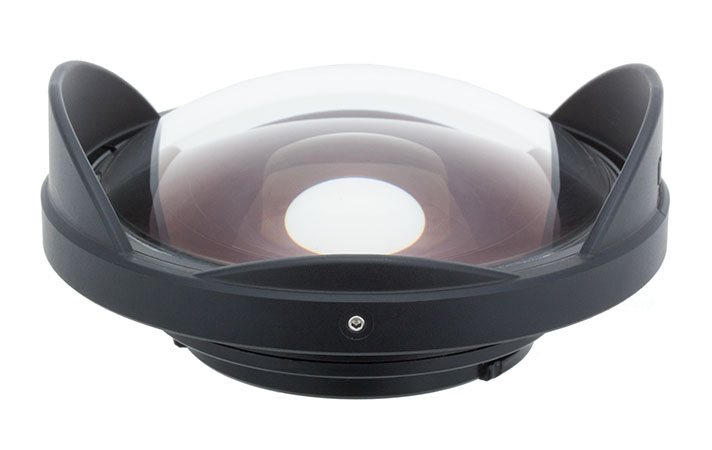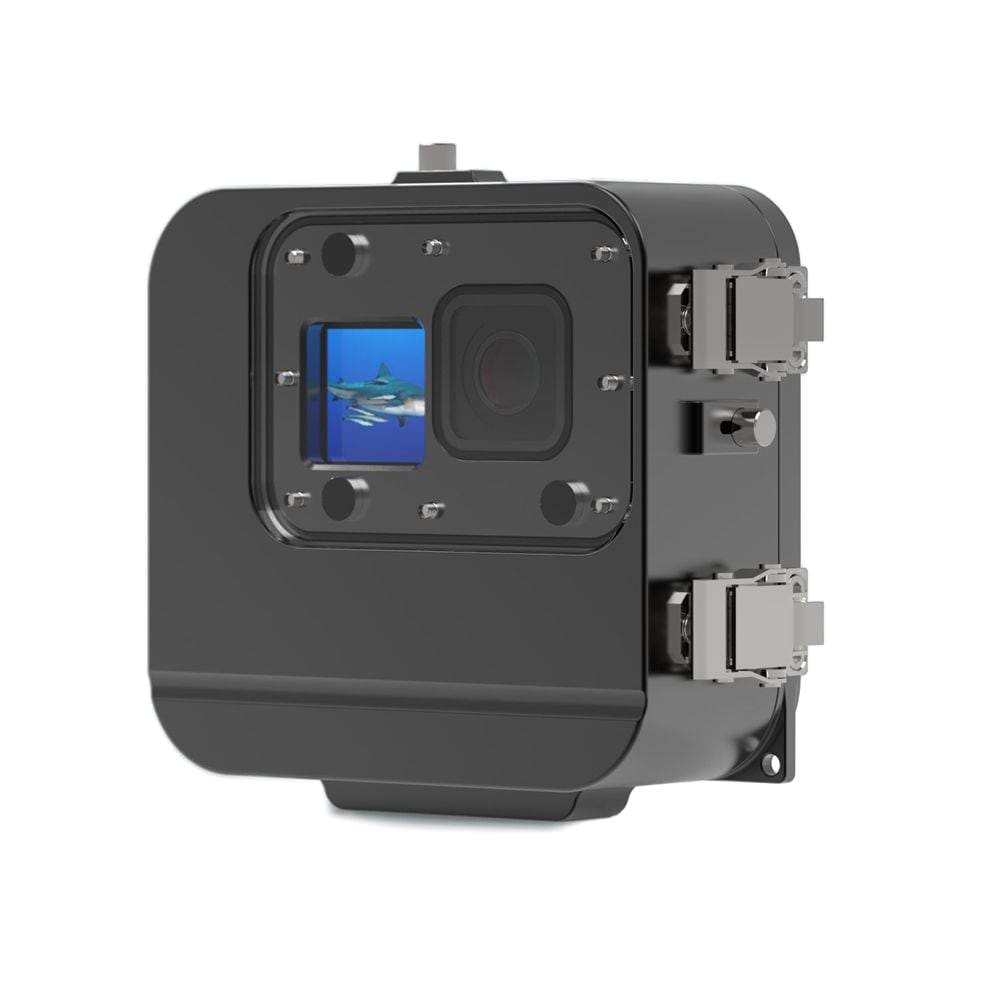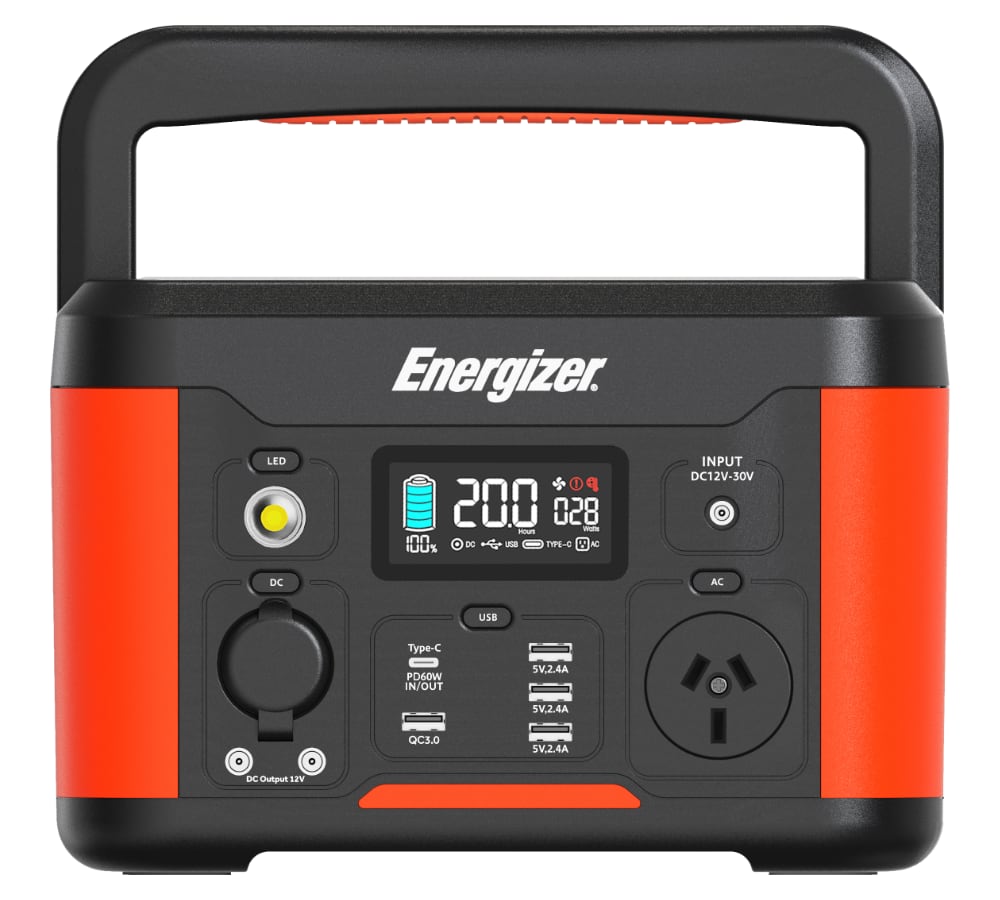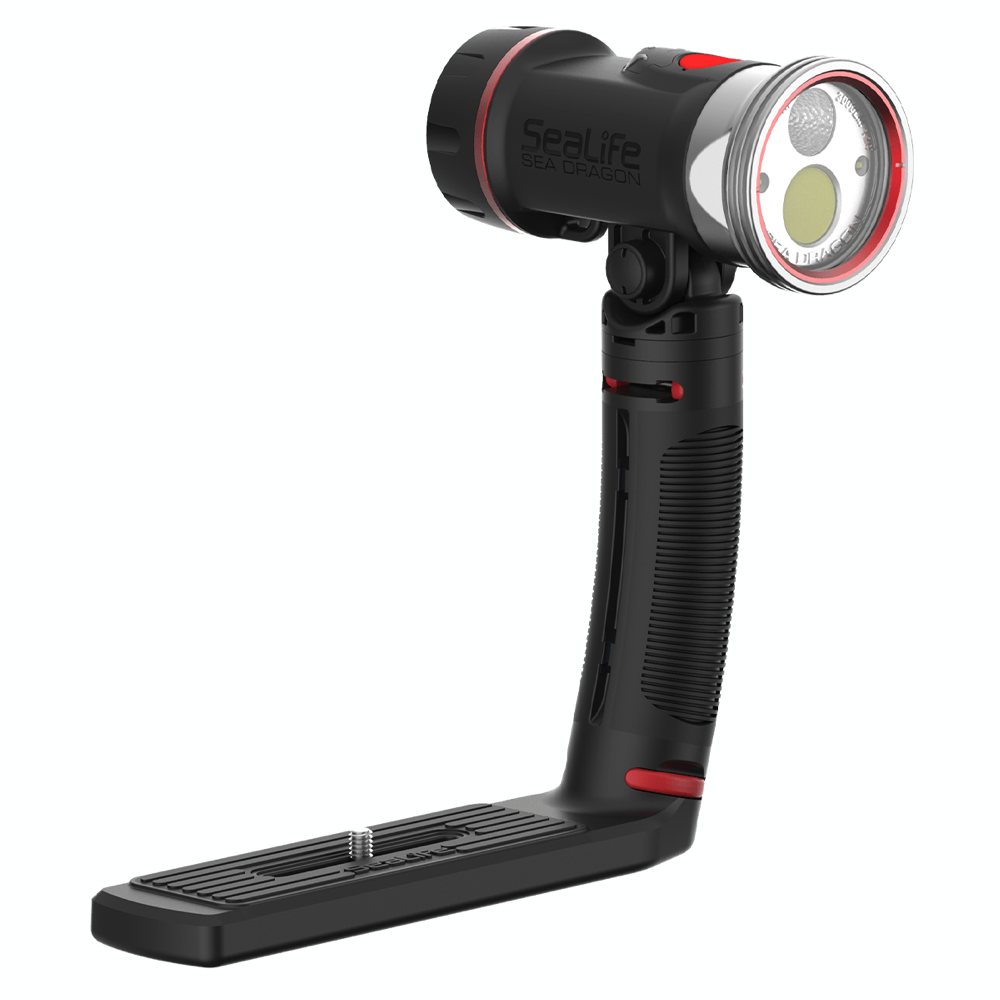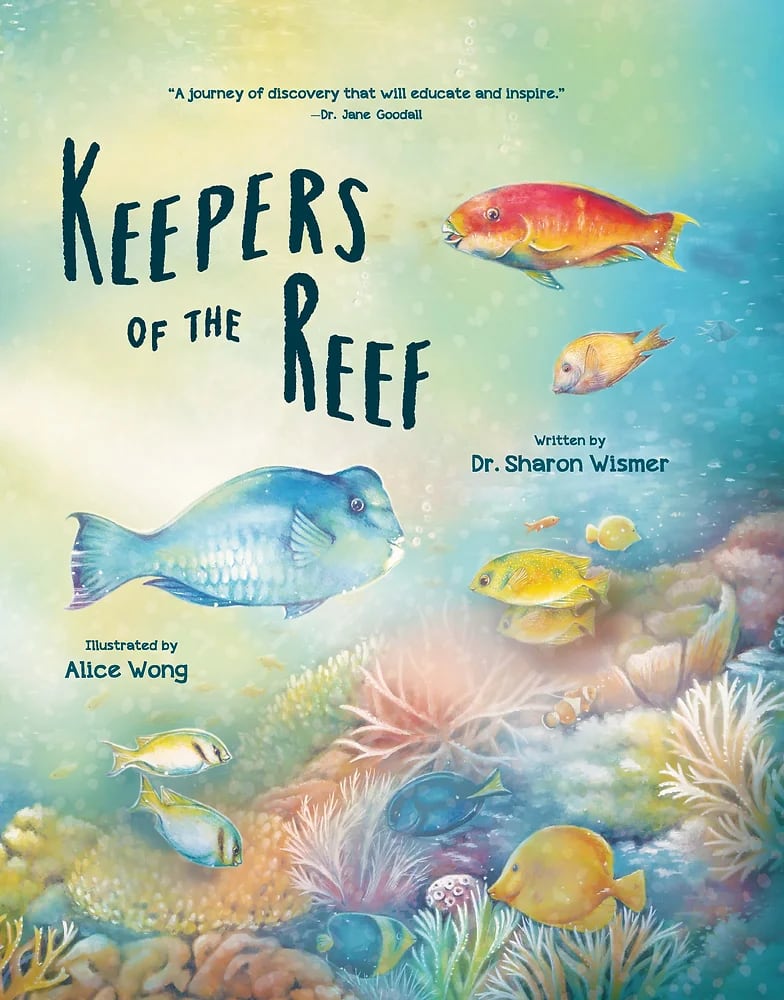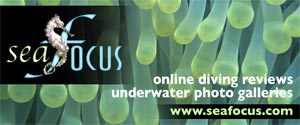- Home
- Directory
- Shop
- Underwater Cameras - Photographic Accessories
- Smartphone Housings
- Sea Scooters
- Hookah Dive Systems
- Underwater Metal Detectors
- Dive Gear
- Dive Accessories
- Diving DVD & Blu-Ray Discs
- Diving Books
- Underwater Drones
- Drones
- Subscriptions - Magazines
- Protective Cases
- Corrective Lenses
- Dive Wear
- Underwater Membership
- Assistive Technology - NDIS
- On Sale
- Underwater Gift Cards
- Underwater Art
- Power Stations
- Underwater Bargain Bin
- Brands
- 10bar
- AOI
- AquaTech
- AxisGo
- Backscatter Underwater Video and Photo
- BLU3
- Cayago
- Chasing
- Cinebags
- Digipower
- DJI
- Dyron
- Edge Smart Drive
- Eneloop
- Energizer
- Exotech Innovations
- Fantasea
- Fotocore
- Garmin
- Geneinno
- GoPro
- Hagul
- Hydro Sapiens
- Hydrotac
- Ikelite
- Indigo Industries
- Inon
- Insta360
- Intova
- Isotta Housings
- Jobe
- JOBY
- Kraken Sports
- LEFEET
- Mirage Dive
- Nautica Seascooters
- Nautilus Lifeline
- NautiSmart
- Nitecore
- Nokta Makro
- Oceanic
- Olympus
- OM System
- Orca Torch
- Paralenz
- PowerDive
- QYSEA
- Scubajet
- Scubalamp
- Sea & Sea
- SeaDoo Seascooter
- SeaLife
- Seavu
- Shark Shield
- Sherwood Scuba
- Spare Air
- StickTite
- Sublue
- Suunto
- SwellPro
- T-HOUSING
- Tusa
- U.N Photographics
- Venture Heat
- XTAR
- Yamaha Seascooter
- Youcan Robot
Seaslugs - Part II. Sidegill slugs and Sap-sucking slugs
Contributed by Ákos Lumnitzer
 In
Seaslugs - Part II, I will introduce you to the next two in hierarchical sequence.
Seaslugs are indeed fascinating creatures and are a favorite for many photographers.
They do not move about very quickly at all, which is a characteristic that makes
them easy subjects to shoot. Often it is not the case of 'the one that got away',
but the case of 'Oh no! I have run out of film again!'. These can be quite addictive
subjects and there are even photographers out there only interested in opistobranchs
and nothing else. Yes, they are a very strange mob these underwater paparazzi.
In
Seaslugs - Part II, I will introduce you to the next two in hierarchical sequence.
Seaslugs are indeed fascinating creatures and are a favorite for many photographers.
They do not move about very quickly at all, which is a characteristic that makes
them easy subjects to shoot. Often it is not the case of 'the one that got away',
but the case of 'Oh no! I have run out of film again!'. These can be quite addictive
subjects and there are even photographers out there only interested in opistobranchs
and nothing else. Yes, they are a very strange mob these underwater paparazzi.
Order Notaspidea - Sidegill slugs
 These
slugs have enormous variations in body forms. One species in particular, Umbraculum
umbraculum, has a very hard external shell, though hardly sufficient for
the slug to withdraw into. Like their collective name refers to, these slugs'
gills are located between the mantle and the foot, usually on the right-hand
side. They are carnivores, feeding on sponges, ascidians and other invertebrates.
Members of the genera Pleurobranchaea have been known to feed on other
opisthobranchs and small fish. Most fish instantaneously spit out their notaspid
prey, because many can exude sulphuric acid as a form of defence- quite a shock
to the unsuspecting finned creature. The gills are not readily visible. From
our personal experience, we generally came across Pleurobranchs during night
dives in Sydney, except Umbraculum umbraculum, which we often see in
the daytime.
These
slugs have enormous variations in body forms. One species in particular, Umbraculum
umbraculum, has a very hard external shell, though hardly sufficient for
the slug to withdraw into. Like their collective name refers to, these slugs'
gills are located between the mantle and the foot, usually on the right-hand
side. They are carnivores, feeding on sponges, ascidians and other invertebrates.
Members of the genera Pleurobranchaea have been known to feed on other
opisthobranchs and small fish. Most fish instantaneously spit out their notaspid
prey, because many can exude sulphuric acid as a form of defence- quite a shock
to the unsuspecting finned creature. The gills are not readily visible. From
our personal experience, we generally came across Pleurobranchs during night
dives in Sydney, except Umbraculum umbraculum, which we often see in
the daytime.
Recommended dive sites: Sydney Harbour, Shark point, Clovelly pool, Thompson's Bay (a.k.a. Gordon's Bay), Bare Island, Kurnell, Oak Park, Shiprock.
Order Sacoglossa - Sap-sucking slugs
This order of slugs has so many beautiful representatives, though it seems that many species are more at home in warm tropical waters. The body shapes of sacoglossans vary as much as nudibranchs, some even have external characteristics similar to aeolids, such as cerata. Although the sacoglossans' cerata-like appendages do not contain the cnidosacs, which are the storage compartments for nematocysts of the aeolids’ cnidarian prey. Sacoglossans are mainly herbivores with the exception of a few species, which feed on eggs of other species of sea slugs. They have extremely sharp teeth, perfectly evolved to pierce green algae, even retaining the chloroplasts from these aquatic plants.
At this point in time I do not have any sacoglossan images readily scanned, so you can take a look at a couple of common species with the following links from a fantastic website www.seaslugforum.net
- Elysia sp., a very common east coaster.
- Oxynoe viridis can also be seen in shallow seagrass areas.
Some species of sacoglossans, however, have evolved branches of their gut that ramify throughout the body wall and contain plastids, which become the photosynthesising centre for the slug. In many cases these plastids are chloroplasts, but sacoglossans feeding on red and brown algae have also been reported to keep the plastids from these algae alive and operating.
Recommended dive sites: Camp Cove, Fairlight, Clifton Gardens, North Head, Chapel steps, Bondi, Shark Point, Gordon's Bay, Bare Island, Kurnell, Oak Park, Shiprock.
Also check out:
Shopfront
-
 Scubalamp V4K V3 Movie Grade Photo/Video Light - 8,000 lumens
Scubalamp V4K V3 Movie Grade Photo/Video Light - 8,000 lumens
- Price A$ 699.00
-
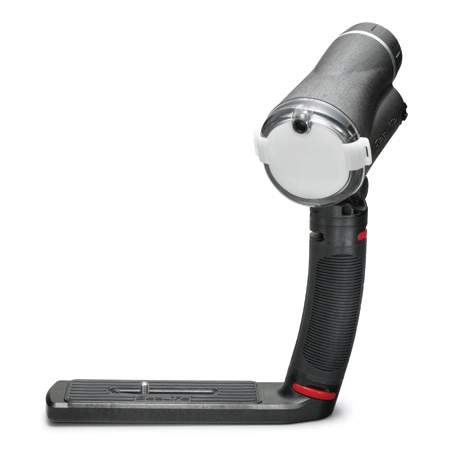 Sealife Sea Dragon Flash - Strobe
Sealife Sea Dragon Flash - Strobe
- Price A$ 699.00
-
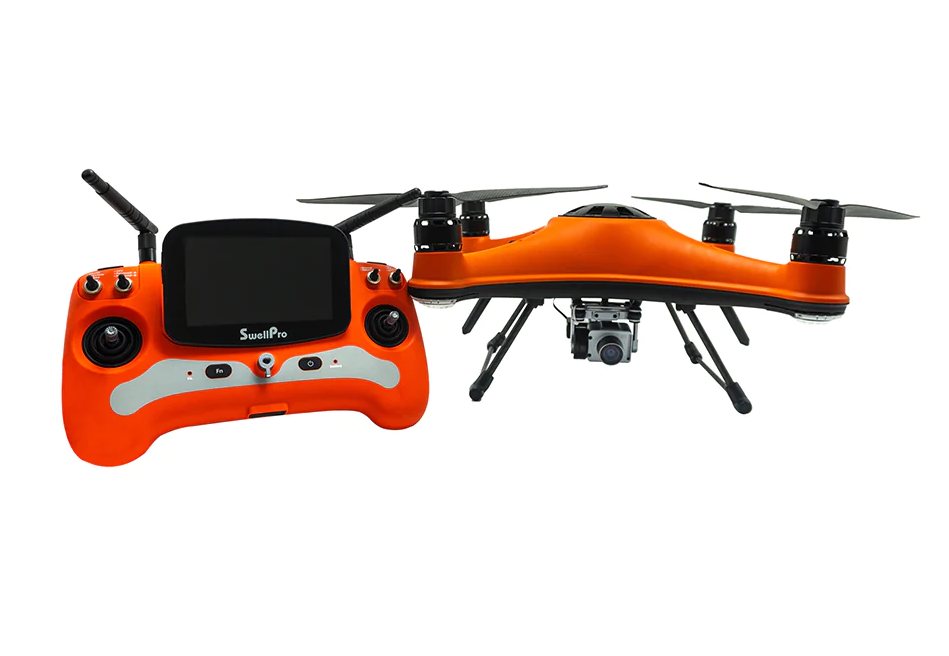 SwellPro Fisherman FD3 ADVANCED - WaterProof Fishing Drone
SwellPro Fisherman FD3 ADVANCED - WaterProof Fishing Drone
- Price A$ 3,499.00
-
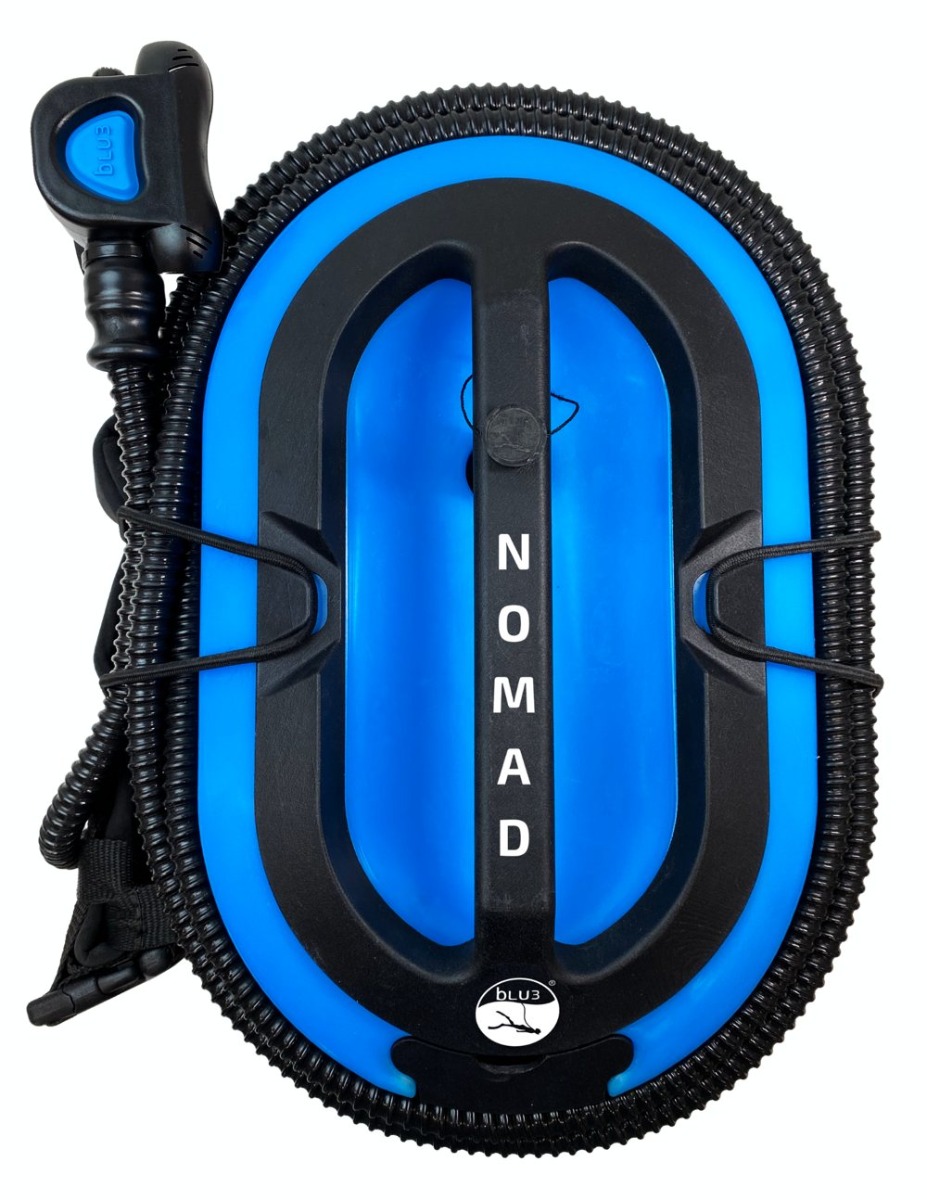 Nomad by BLU3 - Compact dive system - 30 feet
Nomad by BLU3 - Compact dive system - 30 feet
- Price A$ 3,399.00
-
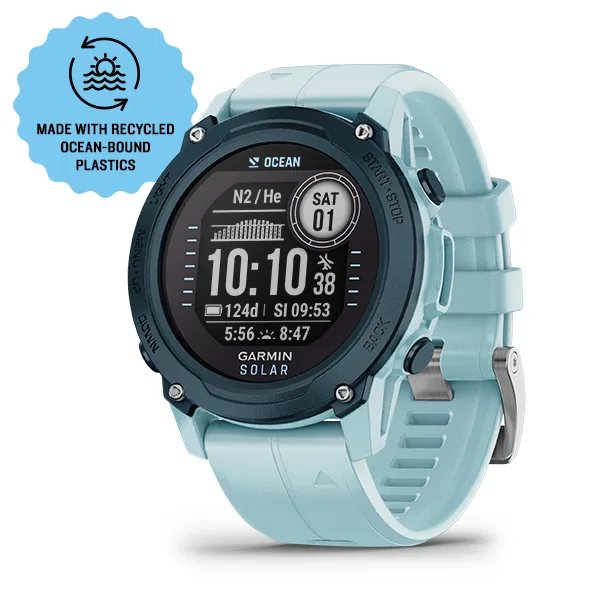 Garmin Descent™ G1 - Solar
Garmin Descent™ G1 - Solar
- Price A$ 929.00
-
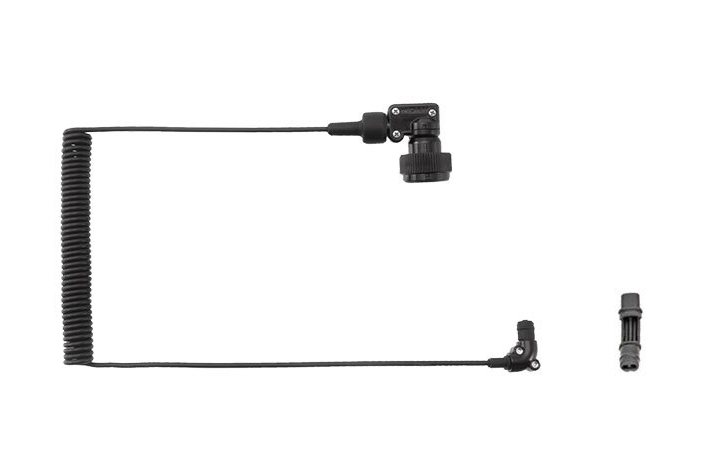 Inon Optical D Cable Type L Rubber Bush Set 2
Inon Optical D Cable Type L Rubber Bush Set 2
- Price A$ 139.00
-
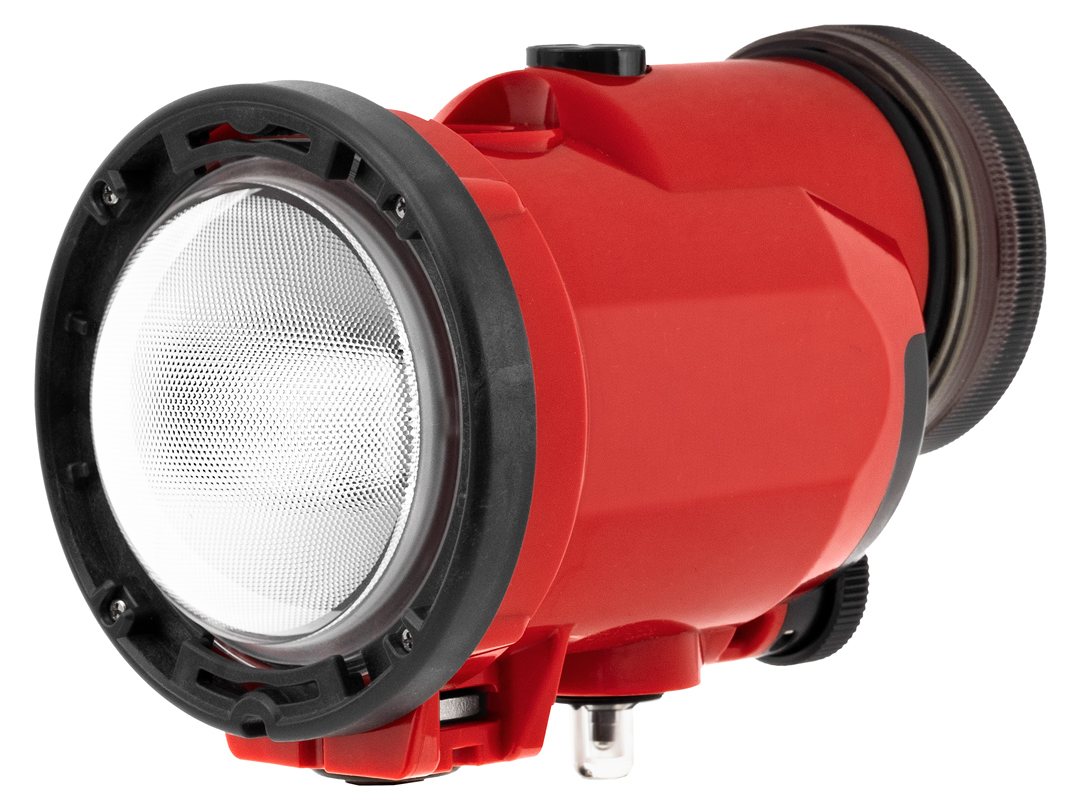 Inon S-220 Underwater Strobe
Inon S-220 Underwater Strobe
- Price A$ 749.00
-
 AquaTech EDGE Base Camera Water Housings - Fujifilm mirrorless
AquaTech EDGE Base Camera Water Housings - Fujifilm mirrorless
- Price A$ 1,249.00
In the Directory




